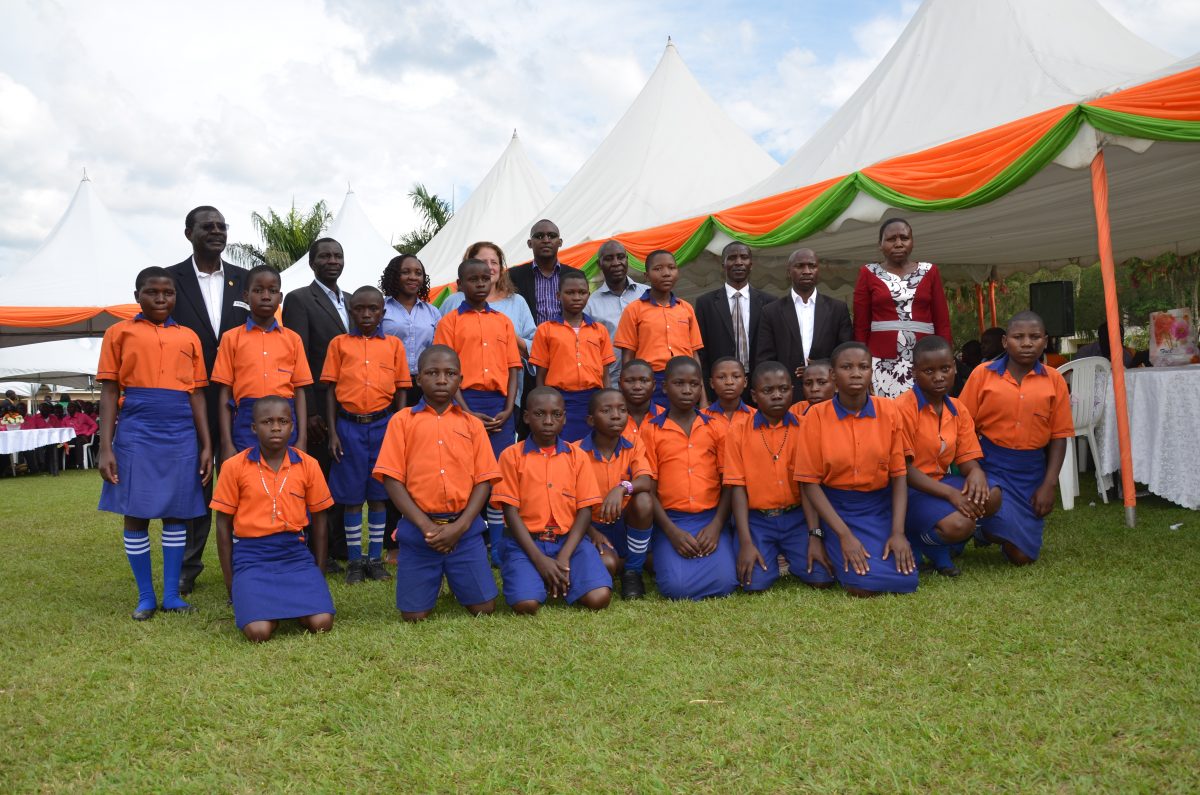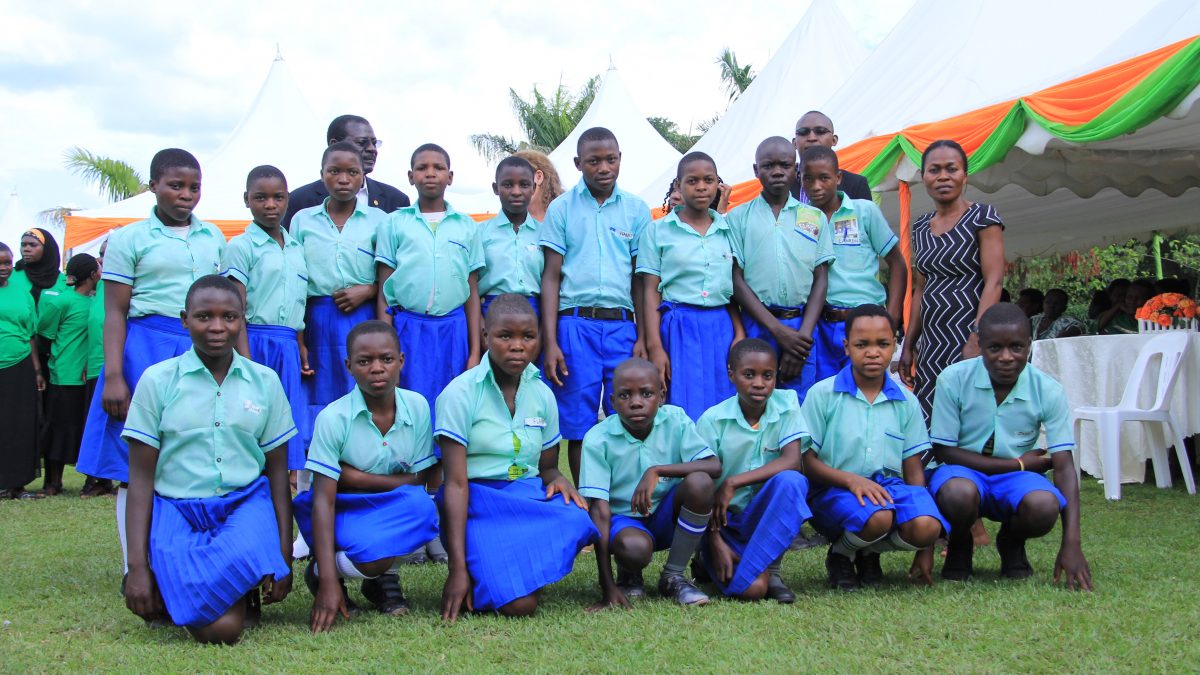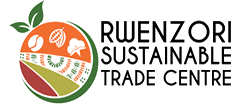[table id=6 /]
12 community schools


Rwenzori Sustainable Trade Center supports parents in 12 communities to ensure that their children go to, stay and finish school. Through the RSTC supported trade in cocoa, coffee, cotton and crafts, the parents from these communities,have been able to increase their incomes and afford an education for their children who would otherwise have been unable to attain one.
Some of the RSTC supported Cooperatives have since been Fairtrade certified and therefore plough back a percentage of their trade social premium to the development of their community schools and other community development initiatives.
There has been an increase in the school enrollment in all the community schools and a reduction in the negative effects of illiteracy like early marriages, teenage pregnancies, delinquency, because more girls and boys are enrolling, staying and at least completing Primary education.
The Rwenzoris
The Rwenzori Mountains, sometimes called the Mountains of the Moon, run along the border between Uganda and the Democratic Republic of the Congo (DRC). With peaks of 5,000m or more these mountains support glaciers, are snow capped, and their lower slopes are home to the remaining gorillas. Waters from the Rwenzoris are a source for the River Nile. The region is blessed with numerous parks and reserves with , spectacular wildlife.
RSTC only works in 4 of the 8 Districts; Bundibugyo, Kabarole, Bunyangabu and Kasese.
The region has suffered a lot of civil unrest as a result of the terrain which became ideal for rebel activities, like the ADF who camped there for many years, causing a lot of destruction and instability in the area. The area has also suffered a lot of tribal conflicts because of the many tribes that inhabit the area, some seeking dominion over others.
The effects of the above problems were far-reaching and seemed to be forming a viscous cycle. The schools were few and inaccessible to the majority of the community members as a result of the poor terrain.
Kabarole District is bordered by Ntoroko District to the north, Kibaale District to the northeast, Kyenjojo District to the east, Kamwenge District to the southeast, Kasese District to the south, the Democratic Republic of the Congo to the southwest and Bundibugyo District, across the Rwenzori Mountains to the west. Fort Portal, the ‘chief town’ in the district, lies approximately 320 kilometres (200 mi), by road, west of Kampala, the capital city of Uganda.
The Batoro, Batuku and Basongora ethnicities constitute about 52% of the population. The Bakiga constitute 28%, followed by the Bakonjo and the Bamba. The major languages spoken in the district are Rutooro, Rukiga and Runyankore
RSTC works with 2 Coffee cooperatives of in Kabarole District, Karangura Peak coffee growers cooperative and kabonero Mountainous coffee growers cooperative. The farmers in these cooperatives are from the 4 hard to reach school communities of Mt, Gessi, Bulyambaghu, Nyamba and Mahyooro.
RSTC also supports 13 women craft groups scattered all over Fort Portal Municipality.
Bundibugyo District is bordered by Ntoroko District to the northeast, Kibaale District to the east, Kabarole District to the south, and the DRC to the west and north. The district headquarters at Bundibugyo are located approximately 32 kilometres (20 mi), by road, west of Fort Portal. This is about 72 kilometres (45 mi), by road, north of Kasese town.
Bundibugyo is the largest producer of cocoa in Uganda, accounting for unprocessed beans worth UGX:90 billion annually.
RSTC works with two cooperatives in Bundibugyo District, Buka Bugyendera coffee farmers’ cooperative and Bundikakemba Cocoa growers cooperative. The farmers in these cooperatives are from the 4 hard to reach school communities of Bupomboli, Busamba, karangitsio and Bundikakamba.
Kasese District is located along the equator. It is bordered by Kabarole District to the north, Kamwenge District to the east, Rubirizi District to the south, and the Democratic Republic of the Congo to the west. The district headquarters at Kasese are located approximately 359 kilometres (223 mi), by road, west of Kampala, Uganda’s capital and largest city.
Kasese district is mainly agricultural with over 85 percent of the people being peasant farmers who depend on subsistence farming for their livelihood.
Most of the agricultural produce is either sold locally or transported for sale in Kampala and to other cities and towns in Uganda. Fish farming is slowly taking root in the district and demand for the fish is high both locally and in neighboring countries.
RSTC works with 1 cooperative in Kasese Districts that deals in cotton and coffee produce. Rwenzori farmers Marketing Cooperative Society has farmers from 4 hard to reach communities in Kasese District; Kihugamiyagha, Khungu, Kisamba and Nyamisule communities
